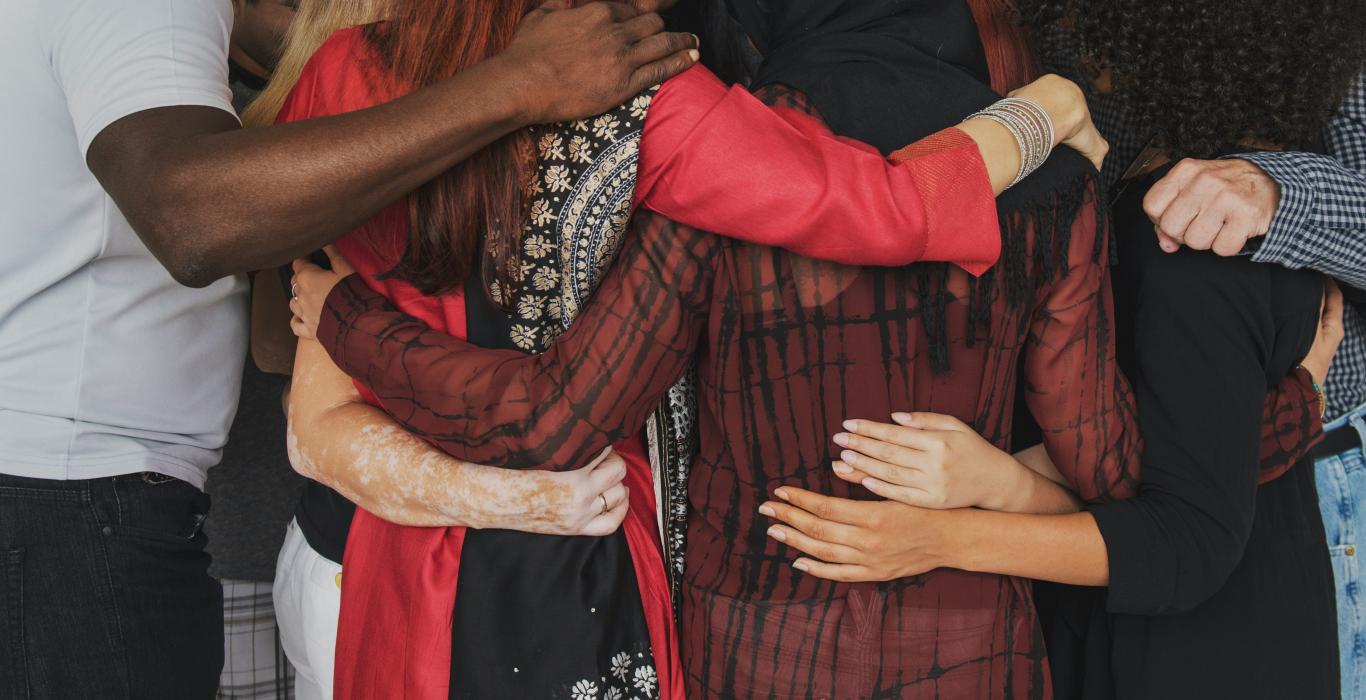The question isn't whether we're facing uncertainty anymore. We're past that. The question now is: how do we move from protecting our individual spaces to genuinely linking arms between corporate and nonprofit partners?
That's the shift we explored in a recent webinar, part of the PRISM Network Learning Series. Sponsored by YourCause from Blackbaud, the session brought together corporate and nonprofit leaders to talk about ESG, community investment, and what it takes to maintain effective partnerships when everything feels like it's shifting beneath our feet. The conversation was equal parts sobering and energizing.
The Interconnected Crisis We're Actually In
The framework is made up of specific practices and indicators that organizations can use to reflect, plan, and improve. A few examples include:
Anshula Chowdhury from St. Michael's College at the University of Toronto laid out the problem plainly. Political headwinds. Economic pressures from tariffs and elevated interest rates. Climate shocks draining household budgets. Intensified competition for impact funding. All at once.
What is most striking isn’t the list itself – we're all living this – but how these pressures connect to each other. When climate change causes extreme weather events, it doesn't just impact the environment. It redirects emergency funding away from long-term community development. It disrupts financial assets. Insurance premiums spike. Corporate budgets get squeezed. Household charitable donations drop.
As Anshula put it: "When one dimension experiences a setback, community partnerships are affected across all areas."
This is the reality we need to design for, not design around.
The Quiet Retreat and The Choice Ahead
Narinder Dhami from New Power Labs painted the picture with data. Harvard research shows that support for environmental and social shareholder proposals dropped from 18% to 11-14%. But here's the counterpoint: shareholders are overwhelmingly rejecting anti-DEI (diversity, equity and inclusion) proposals too, with only about 1.4% support on average.
In Canada, we're seeing more of a pause than a full retreat. Companies with U.S. exposure are feeling pressure to de-risk their public commitments, reassess their climate commitments, or pull back from DEI metrics.
After 2020, we saw a surge of new corporate commitments driven by the pandemic, George Floyd's murder, the discovery of mass graves at residential schools. It was a perfect storm that shifted our collective consciousness, as we described in our report Wake Up Call - Navigating New Pathways for Corporate Community Investment in Canada.
But a lot of those efforts were fragmented, time-limited, and many times, performative. Now we in the social impact sector are at a choice point. Do we rebuild with stronger foundations, or do we keep adjusting at the margins?
The path forward requires continued boldness. It requires linking arms across corporate and nonprofit sectors. And it requires the kind of deep, practical learning that happens when we work through the messy realities together.
What's Working Right Now
In her everyday work, Farrah Rooney from Volunteer Canada sees great examples of collaboration such as a major Canadian financial institution partnering with the Canadian Red Cross to train employees as disaster relief volunteers. These employees can be deployed for up to 10 days, still paid by their company, then return as disaster-ready community members who can share that knowledge with colleagues and neighbours.
Andrew Troup from YourCause from Blackbaud brought some welcome news too: employee engagement programs are seeing maintained or increased budgets at many companies. The research his team conducted with the Association of Corporate Citizenship Professionals (ACCP) showed that while grant-making and operational initiatives are under pressure, companies are investing in programs that drive employee satisfaction, retention, and talent acquisition.
The Measurement Challenge
Bill C-59 is changing the nature of environmental and social impact reporting, and companies are looking for alignment with international standards. That should be straightforward, except those international standards remain in flux.
Companies need more rigorous data to make their internal business cases as well. Nonprofits are dealing with reduced funding, higher levels of demand, and increased reporting burdens. It's a paradox that's creating real tension.
Andrew was clear that impact measurement isn't suddenly new or conditional in partnerships - it's been part of strong relationships for years. But companies desperately need that data now to demonstrate ROI internally, whether that's around employee retention, community resilience, or business outcomes.
What It Means to Link Arms
So what does "elbows up to arms linked" actually look like in practice?
It means treating community investment as what it actually is: strategic investment in the resilience and strength of the communities where companies operate. When companies invest deeply in a community, they're investing in the stability of the markets and talent pools they depend on. That's risk mitigation, but it’s also long term value creation.
It means building crisis-ready partnership systems. We're not going back to "normal." The shocks will keep coming, and our partnerships need to be designed for that reality. It means building measurement capacity even when resources are tight, because that's what creates credibility and long-term sustainability for social impact work.
And also, it means resisting isolation.
This came up repeatedly in the conversation. So many people doing this work – whether on the corporate or nonprofit side – are often only one or two people in their organizations carrying pressure alone. Farrah named it directly: "Some of the best times where I feel the most charged is going to a roundtable, going to a conference, showing up for community, showing up for conversations, resisting that isolation."
She's right that this work can be lonely. You're often navigating complex pressures without peers in your own building who fully understand what you're up against. But that's exactly why coming together matters. Not just for the knowledge we share, but for the reminder that we're not alone in this. That others are wrestling with the same challenges, asking the same questions, and trying to hold the line on work that matters.
We're more effective with our arms linked than we are protecting our individual spaces.
Where We Go From Here
That brings us to December 3rd in Vancouver, where we’ll be hosting the Community Impact Exchange at the Museum of Vancouver. This event will bring together senior nonprofit leaders, corporate social purpose teams, funders, and impact measurement experts for strategic cross-sector dialogue.
This is part of the PRISM Network’s ongoing Learning Series and will be an in-person, intentionally intimate gathering, focused on the practical challenges of demonstrating ROI and reporting on impact while centring trust-based principles. In this environment, it's tempting to let measurement requirements overshadow the relational work that ultimately makes partnerships effective, but the two go hand in hand.
The day includes an opening presentation by our friends at New Power Labs, expert discussions, an interactive workshop co-facilitated by True Impact, and networking time, because the relationships we build matter as much as the content we share.
Register for Community Impact Exchange
If there’s one takeaway from our webinar, it’s that we're more effective with our arms linked than with our elbows up. And that's exactly what we're building toward – partnerships strong enough to weather what comes next.
The PRISM Community Impact Company Network is Canada's leading community of companies committed to reimagining corporate-nonprofit partnerships, contributing nearly $1 billion in community investment annually. Learn more about joining the PRISM Network.
Missed the live session? Watch the recording here.


